- yuanchenwujin@hotmail.com
- +86 335 3899 615
- 中文站
Product Details
Test Device for Impact Performance of Shot Bag for Safety Glazing Materials in Building
Related Standards:
AS/NZS 2208 Safety glazing materials in buildings – Appendix D: Impact Test
GB 15763.3 Safety glazing materials in building Part 3: Laminated glass – Appendix C: Test device for the impact performance of shot bag
ANSI Z97.1 Safety Glazing Materials Used in Buildings - Safety Performance Specifications and Methods of Test - Clause 5.1: Impact Test
Application:
Determining the resistance of glazing materials to impact by the penetration method
Test Frame:
Frame Size: 1900mm*1500mm*3570mm
Samples Size: 1930mm*864mm
Lift: Electric
Release: Auto
Maximum impact height: 1200mm (customized)
Rubber Pad Width: 15mm
Rubber Pad Thickness: 3mm
Rubber Pad Hardness: Shore A50
Impact Shot Bag:
Reinforced leather bag filled with chiller lead shot
Technical Data:
Weight:45kg±0.1kg 46kg±0.1kg
Height: 330mm ± 13mm
Max diameter: 250mm
Leather thickness: 0.15mm
Lead sand size: 2.5mm
Customized: 25kg 48kg
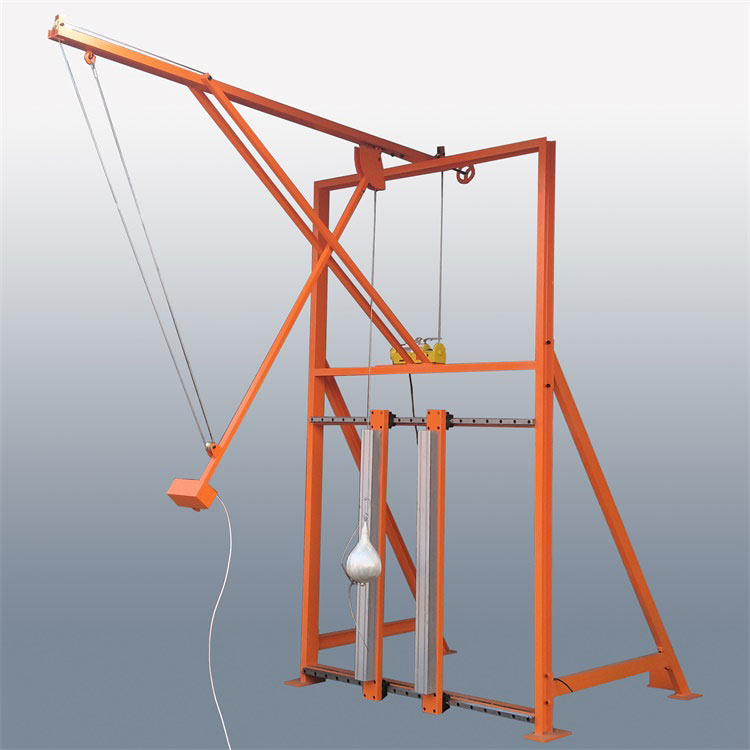
High-temperature test oven of Glass in building
Related Standard:
1) EN ISO 12543 - 4 Glass in building -Laminated glass and laminated safety glass - Part 4: Test methods for durability – Clause 5 High-temperature test
2) AS/NZS 2208 Safety glazing materials in buildings – Appendix F Boil Test
3) GB 15763.3 Safety glazing materials in building Part 3:Laminated glass – Clause 7.8 Heat resistance test
4) ANSI Z97.1 Safety Glazing Materials Used in Buildings - Safety Performance Specifications and Methods of Test - Clause 5.3.2 – ( 1 ) Boil Test
Data:
5) Power: 220V 50Hz 3Kw (Customized)
6) Outside Size: 430mm*290mm*575 mm
7) Inner Size: 400mm*255mm*480mm
8) Rack:340mm*235mm*350mm
9) At most 6 samples with 300mm*300mm
Scope:
10) Determining the effect of exposure of safety glazing materials to temperature and humidity condition by boiling
Principle:
11) Specimens are immerse in hot water and boiling water for specified period of time and inspect bubbles and others defects
Apparatus:
12) The apparatus include two water baths, each of sufficient size to hold the test specimen fully immersed vertically on edge for the duration test.
Samples:
13) Three specimen of size 300mm*300mm manufacture in a manner identical with impact test specimens and of like thickness shall be tested.
14) These specimens may be cut from production samples of the size and thickness submitted for impact testing.
15) For heat strengthened or toughened laminated glass, test specimen may be cut from a similar original sheet of annealed laminated glass
Procedure:
16) Immerse the specimens vertically on edge in a bath of water maintained at a temperature of 66°C±3°C for 3 min
17) Quickly transfer the specimens to a bath of water maintain at boiling point. Immerse the specimens vertically on edge for 2 h
18) Remove the specimens and examine for the bubbles and others defects
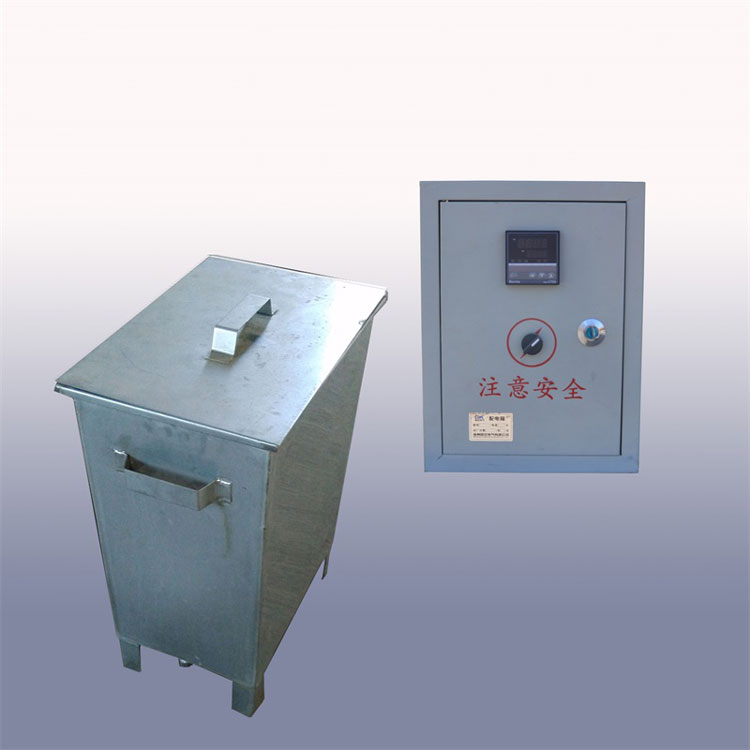
Impactor of Impact Test for Safety Glazing Materials
Related Standards:
1) AS/NZS 2208 Safety glazing materials in buildings – Appendix D: Impact Test
2) GB 15763.3 Safety glazing materials in building Part 3: Laminated glass – Appendix C: Test device for the impact performance of shot bag
3) ANSI Z97.1 Safety Glazing Materials Used in Buildings - Safety Performance Specifications and Methods of Test - Clause 5.1: Impact Test
Application:
4) Determining the resistance of glazing materials to impact by the penetration method
Structure:
5) Reinforced leather bag filled with chiller lead shot
Technical Data:
6) Weight:45kg±0.1kg 46kg±0.1kg
7) Height: 330mm ± 13mm
8) Max diameter: 250mm
9) Leather thickness: 0.15mm
10) Lead sand size: 2.5mm
Customized 25kg 48k
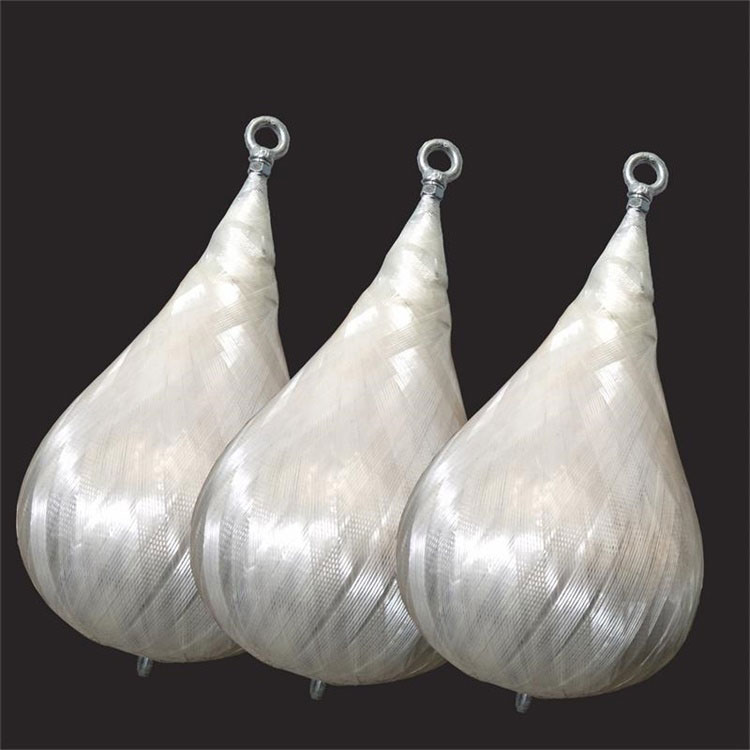
Mechanical Tests Equipment of Safety glazing materials
Related Standard:
ISO 3537 Road vehicles — Safety glazing materials — Mechanical tests – Clause 6: 227 g ball test, Clause 7:2260 g ball test
GB 15763.3 Safety glazing materials in building Part 3:Laminated glass – Appendix B:Drop ball impact specimen support
Principle:
Determination of whether the safety glazing material has a certain minimum strength and cohesion under impact from a small hard object
Apparatus:Hardness steel ball:
a) 2260g ± 20g, diameter of approximately 82.5mm
b) 227g ± 2g, diameter of approximately 38 mm
c) 1040g ± 10g, diameter of approximately 63.5 mm
d) 508g±3g, diameter of approximately 50 mm
Frame Height: 1000mm, 5000mm, 12000mm, Customized
Automatic release and lift. Power: 220V 50Hz 580W
Supporting fixture:
a) Support Size: 350mm*350mm and 660mm*660mm (Customized)
b) Frame width 15mm
c) Steel box height 150mm
d) Rubber Gasket: thickness 3mm, width 15mm, hardness shore A50
e) Interposed sheet of rubber: thickness 3mm, hardness shore A50
Applied Test Pieces Size: 300mm*300mm 610mm* 610mm
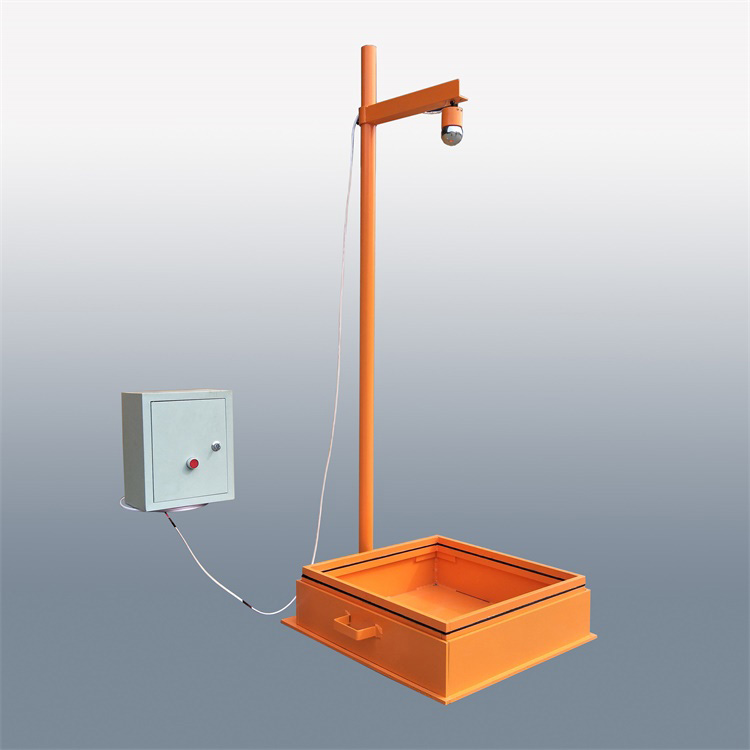
Portable flatness measuring instrument for tempered glass
Related standard:
1) GB 15763.2 Safety glazing materials in building
- Part 2: Tempered glass
Clause 5.4 Camber measuring
2) AS NZS 2208 Safety glazing materials in buildings
Clause 2.5 Flatness requirements
Application:
3) Measurement of arcuate form and wave form of toughened glass
Technical parameters:
4) Resolution: 0.01mm
5) Measuring Span: 300mm-12000 mm ( Customized)
6) Working Temperature: 0~+40℃
7) Working Humidity: ≤80%
Instruction:
8) Adjust the measurement and set up to track the maximum data. Adjust the span of the support block according to request.
9) Adjust the position of measuring head, to ensure that the measuring head is beyond 2mm-3mm of the plane of three support feet.
10) Gently stick the surface of the glass to ensure that three supporting feet are able to touch the glass.
11) Slide the measure location and read the data.
Product features:
12) Continuous measurement and monitoring of the flatness of the glass, data display and recorded.
13) Simple operation, fast measurement, low cost, widely used in the flatness measurement of glass.
The specifications of the equipment are various; the measuring span (300mm, 500mm, 800mm, 1000mm, and 1200mm) can be customized according to customers’ requirements.
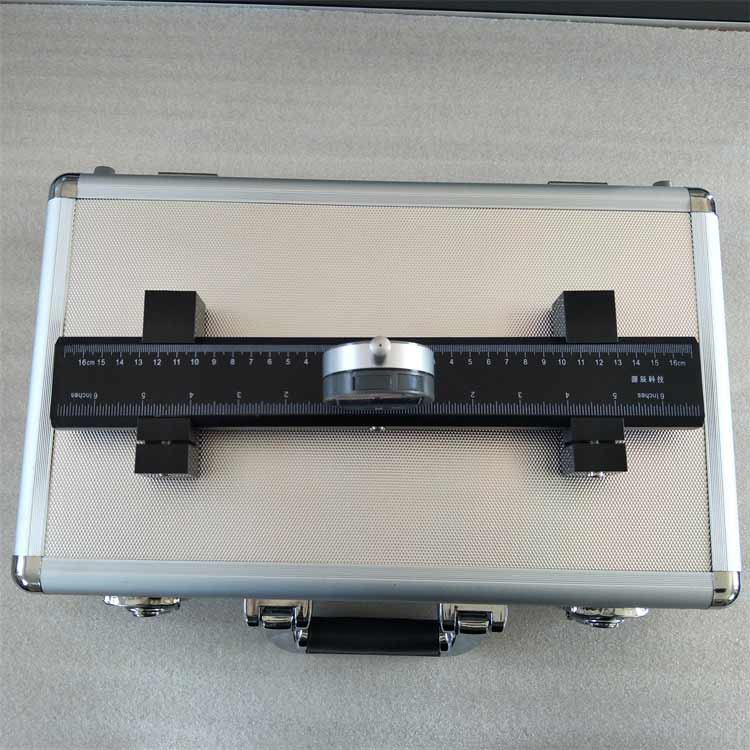
Mechanical Load Test Apparatus of Crystalline silicon terrestrial photovoltaic (PV) modules
Related Standard: IEC 61215 Terrestrial photovoltaic (PV) modules
Size: 6425mm*2000mm*3490mm
Samples: 1643mm*991mm~2009mm*1027mm (Customized)
Source: Sandbag
Load: 2400Pa 5400Pa 8100Pa 10000Pa(Customized)
Precision: + 3%
Power: 380V/50HZ 3000W
Weight: 4500kg
Specification of Mechanical load test
1. Purpose
The purpose of this test is to determine the ability of the module to withstand wind, snow, static or ice loads.
2. Apparatus
a) A rigid test base which enables the modules to be mounted front-side up or front-side down. The test base shall enable the module to deflect freely during the load application.
b) Instrumentation to monitor the electrical continuity of the module during the test.
c) Suitable weights or pressure means that enable the load to be applied in a gradual, uniform manner.
3. Procedure
a) Equip the module so that the electrical continuity of the internal circuit can be monitored continuously during the test.
b) Mount the module on a rigid structure using the method prescribed by the manufacturer.(If there are different possibilities, use the worst one, where the distance between the fixing points is at maximum.)
c) On the front surface, apply gradually a load corresponding to 2 400 Pa, spread uniformly.(This load may be applied pneumatically or by means of weights covering the entire surface. In the latter case, the module shall be mounted horizontally.) Maintain this load for 1 h.
d) Apply the same procedure on the back surface of the module.
e) Repeat steps c) and d) for a total of three cycles.
NOTE 2: 400 Pa corresponds to a wind pressure of 130 km ⋅ h –1 (approximately ±800 Pa) with a safety factor of 3 for gusty winds. If the module is to be qualified to withstand heavy accumulations of snow and ice, the load applied to the front of the module during the last cycle of this test is increased from 2 400 Pa to 5 400 Pa.
The requirements are as follows:
– no intermittent open-circuit fault detected during the test;
– no evidence of major visual defects, as defined before;
– the degradation of maximum output power shall not exceed 5 % of the value measured before the test;
– insulation resistance shall meet the same requirements as for the initial measurements.
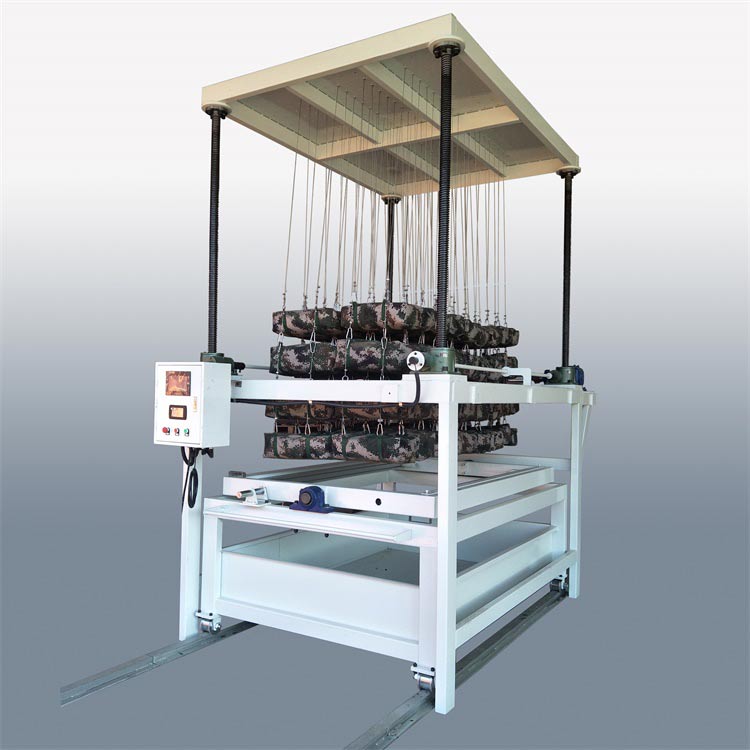
Yuanchen supply all kinds of testing equipment for safety glazing materials and PV module
All equipments design and produce according standard
Ten Years Experience in Production and Processing
Stock Supply/Complete Set of Glass Testing Equipment
Major Suppliers of China's Market Safety Glass Testing Equipment
OEM/ODM/Development, Design and Processing of Various Testing Equipment
Equipment List:
Ball Test Device
Pummel Test Device
Shot Bag 45kg/46kg
Impact Testing Frame
Head Form Test Device
PV Load Test Equipment
Target Light Source Instrument
Anti Smashing GlassTest Frame
Insulating Glass Dew Point Meter
Crushing Pen for Tempered Glass
Hard/Soft Pendulum Shock Test for Lifts
Optical Distortion Measuring Instrument
Hardened Steel Ball 2260g/1040g/508g/227g
Laminated Glass High Temperature Test Oven
Mechanical load test equipment for PV Module
Tempered Glass Flatness Measuring Instrument
Impactor for building Glass and Metal Guardrail
Our Advantages:
Ten Years Experience in Production and Processing
Stock Supply/Complete Set of Glass Testing Equipment
Major Suppliers of China's Market Safety Glass Testing Equipment
OEM/ODM/Development, Design and Processing of Various Testing Equipment
Various of Test Equipment According to Safety Glass Chinese Standard / Australian Standard / European Standard
Independent Right to Import and Export/Alibaba.com Trade Assurance Supplier